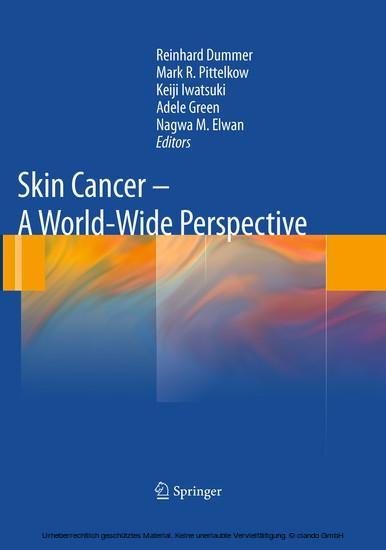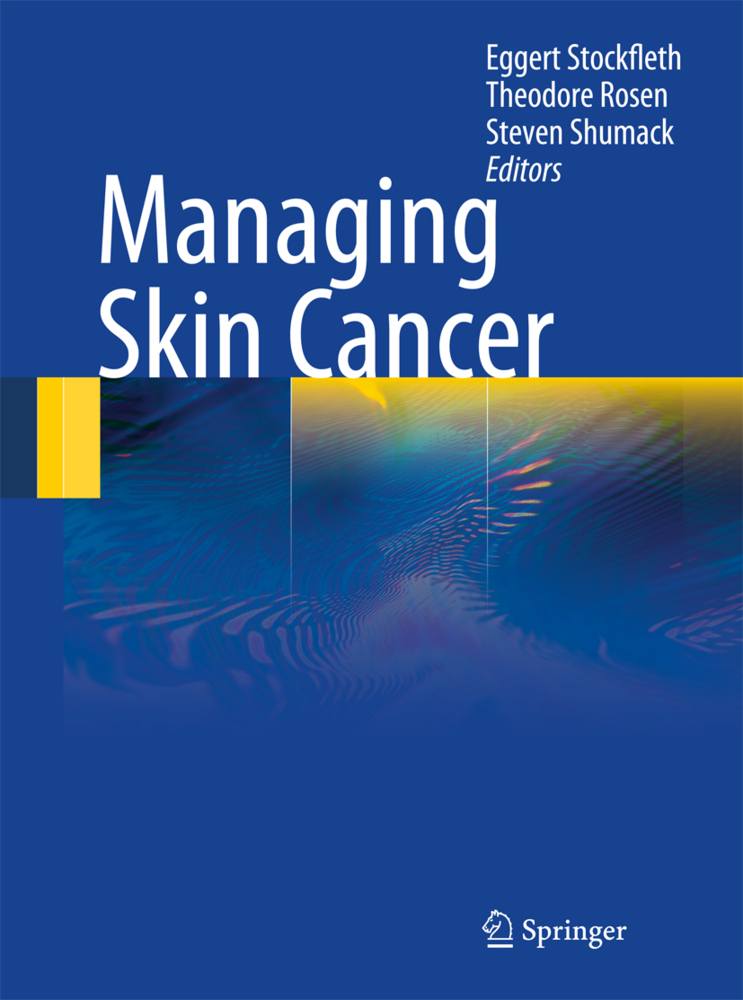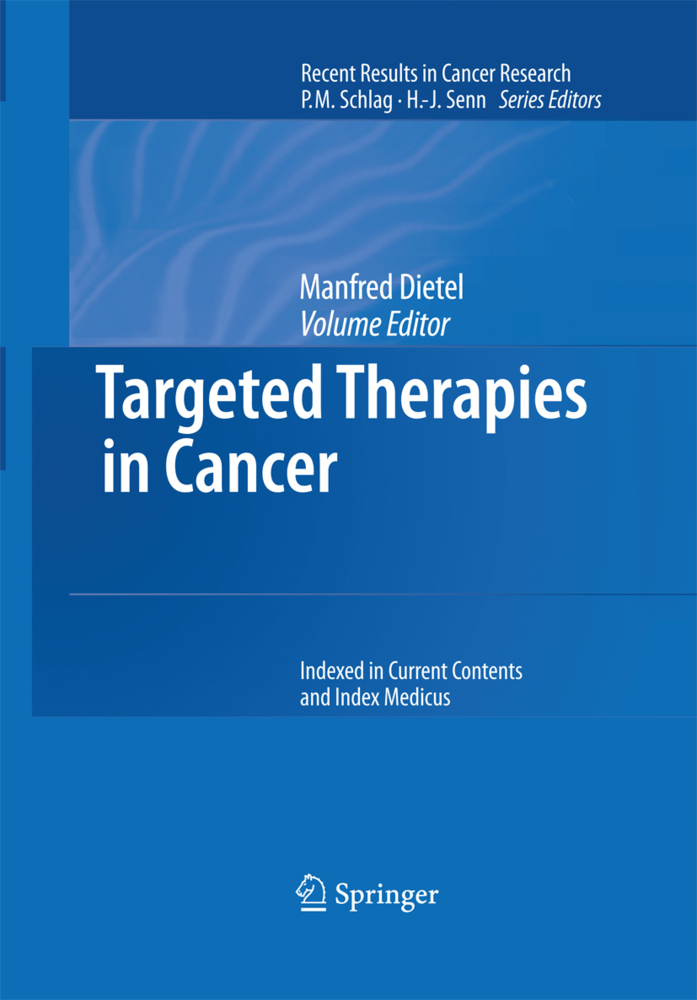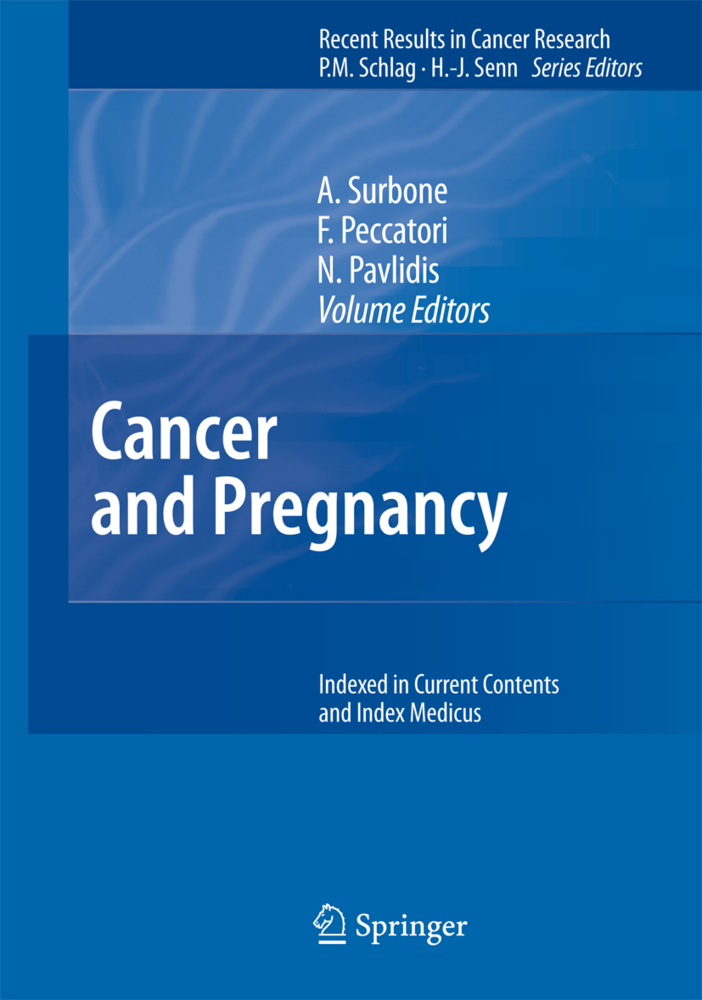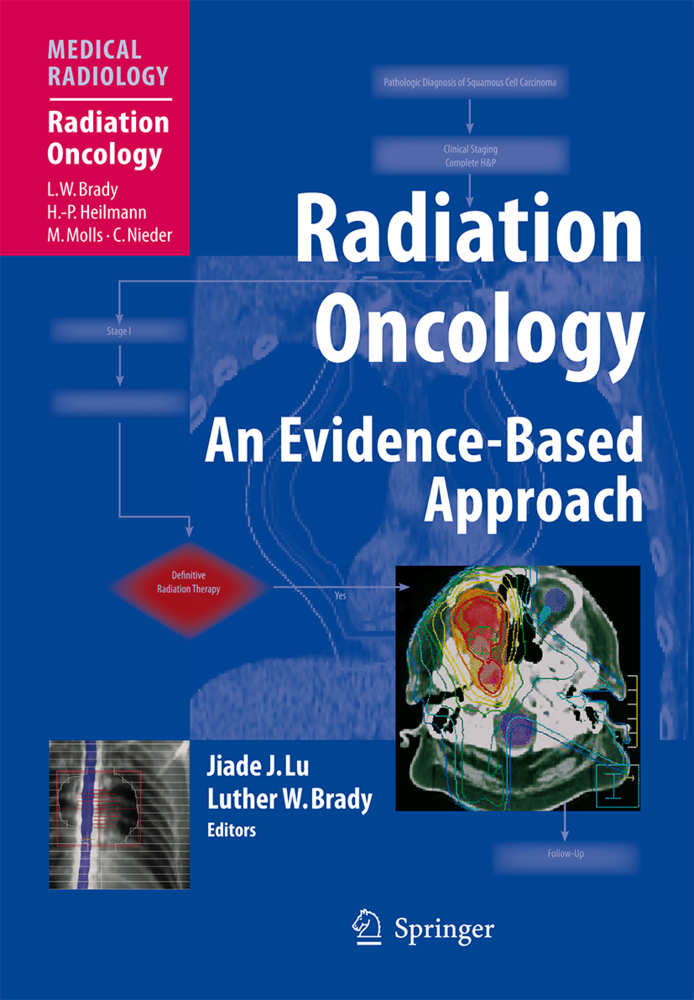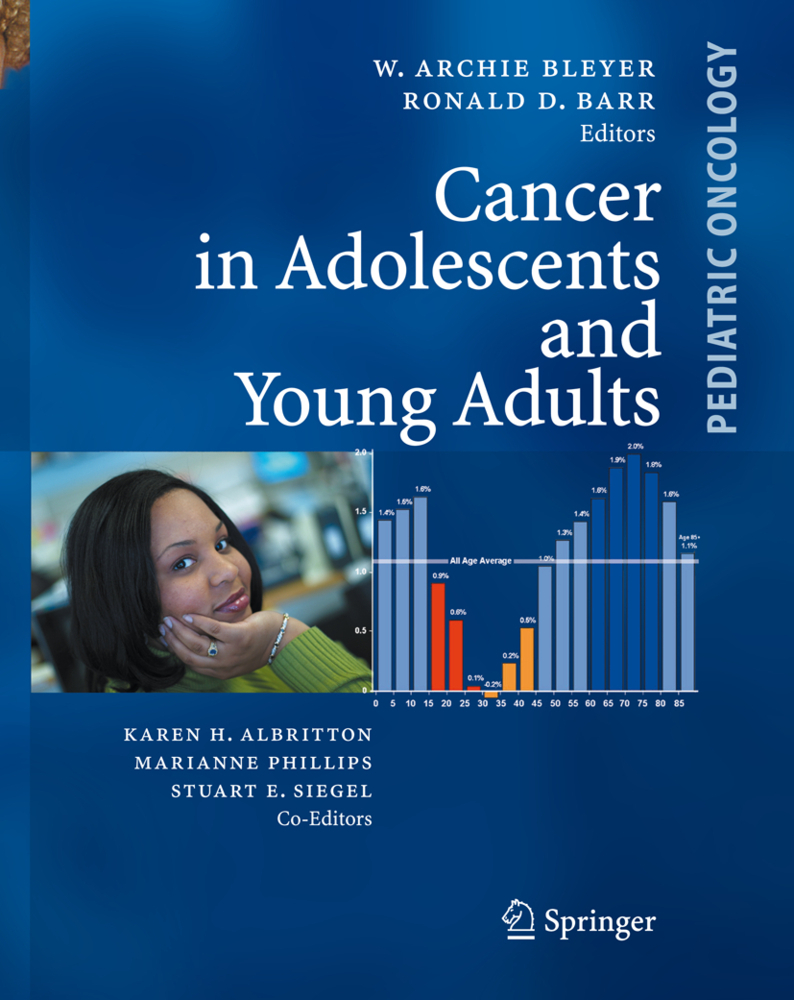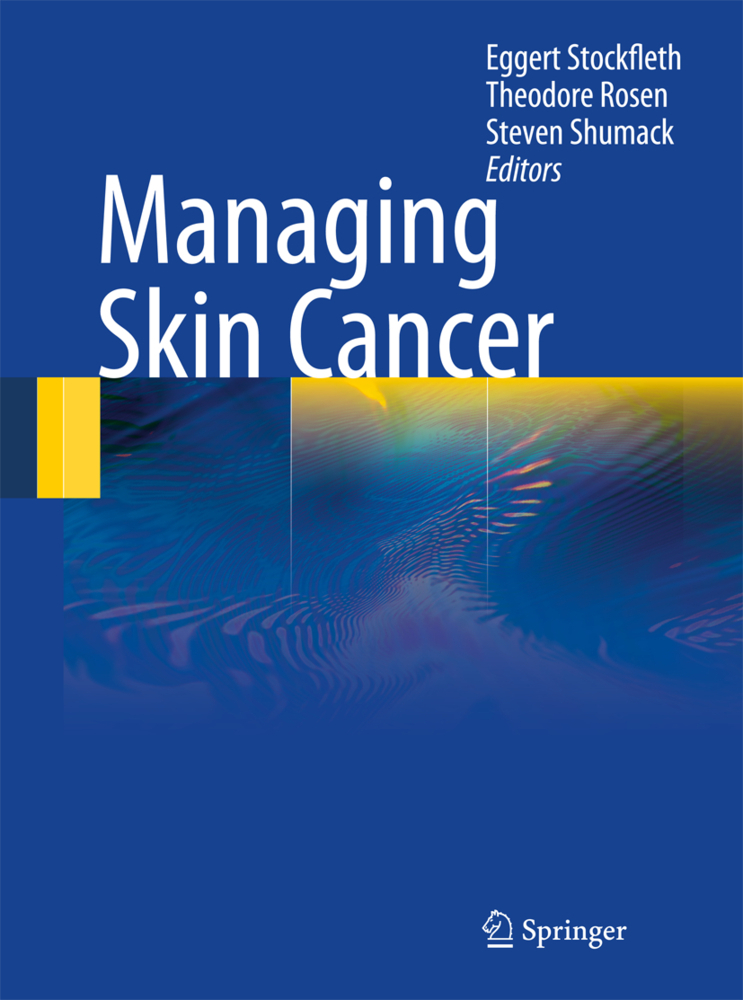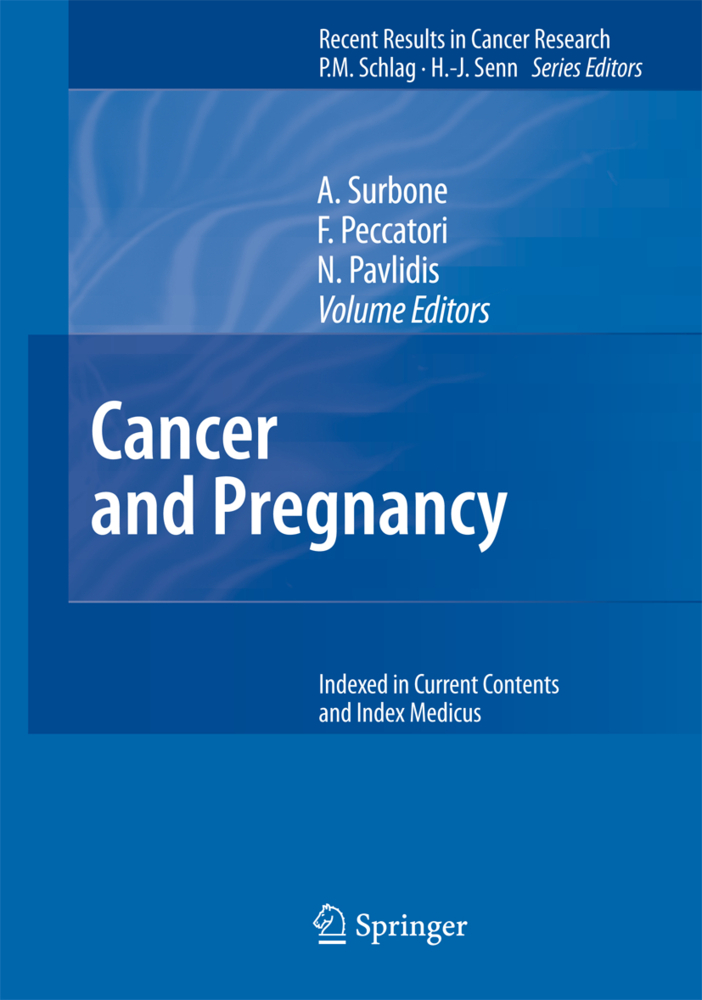Over the last decades the incidence of skin cancers is dramatically increasing world-wide. This is not only confined to the incidence of melanoma but includes also other skin cancers such as basal cell carcinomas.Based on the recent WHO classification of skin cancers, this lavishly illustrated reference book covers comprehensively the epidemiology, histology and pathology, as well as diagnostic signs and treatment options of skin cancers. Homogenously and reader-friendly structured, it links the diagnostic and genetic features of each disease in order to guide the reader to the most appropriate therapeutic strategies for the best possible treatment outcome.In order to demonstrate the world wide activities in the field, all chapters cover the variations of the individual experiences and expertise in different nations.
1;Skin Cancer - A World-WidePerspective;3 1.1;Copyright Page;4 1.2;Preface;5 1.3;Contents;7 1.4;Part 1: Epidemiology;13 1.4.1;1.1: Epidemiology of Basal Cell and Squamous Cell Carcinoma of the Skin;14 1.4.1.1;1.1.1 Introduction;14 1.4.1.2;1.1.2 Basal Cell Carcinoma Epidemiology;14 1.4.1.2.1;1.1.2.1 Geographic Variation;14 1.4.1.2.2;1.1.2.2 Temporal Trends;14 1.4.1.2.3;1.1.2.3 Age and Sex Distributions;14 1.4.1.2.4;1.1.2.4 Incidence by Anatomical Site;15 1.4.1.2.5;1.1.2.5 Repeated Occurrence;15 1.4.1.3;1.1.3 Squamous Cell Carcinoma Epidemiology;15 1.4.1.3.1;1.1.3.1 Geographic Variation;15 1.4.1.3.2;1.1.3.2 Temporal Trends;15 1.4.1.3.3;1.1.3.3 Age and Sex Distributions;16 1.4.1.3.4;1.1.3.4 Incidence by Anatomical Site;16 1.4.1.3.5;1.1.3.5 Repeated Occurrence;16 1.4.1.3.6;1.1.3.6 Actinic Keratoses;16 1.4.1.4;1.1.4 Risk Factors for Basal Cell Carcinoma;17 1.4.1.4.1;1.1.4.1 Genetic Factors;17 1.4.1.4.1.1;1.1.4.1.1 Patched Mutations and the Sonic Hedgehog Pathway;17 1.4.1.4.1.2;1.1.4.1.2 DNA Repair Defects;17 1.4.1.4.1.3;1.1.4.1.3 Detoxifying Proteins;17 1.4.1.4.1.4;1.1.4.1.4 The p53 Tumor Suppressor Gene;17 1.4.1.4.2;1.1.4.2 Solar Radiation;18 1.4.1.4.2.1;1.1.4.2.1 Sunscreen Use;18 1.4.1.4.3;1.1.4.3 Dietary Factors;18 1.4.1.4.4;1.1.4.4 Other Risk Factors;18 1.4.1.5;1.1.5 Risk Factors for Squamous Cell Carcinoma;19 1.4.1.5.1;1.1.5.1 Genetic Factors;19 1.4.1.5.2;1.1.5.2 Solar Radiation;19 1.4.1.5.2.1;1.1.5.2.1 Sunscreen Use;19 1.4.1.5.3;1.1.5.3 Human Papilloma Virus;19 1.4.1.5.4;1.1.5.4 Dietary Factors;20 1.4.1.5.5;1.1.5.5 Other Risk Factors;20 1.4.1.6;References;20 1.4.2;1.2: Epidemiology of Malignant Melanoma;24 1.4.2.1;1.2.1 Introduction;24 1.4.2.2;1.2.2 Patterns of Melanoma Incidence and Mortality;24 1.4.2.2.1;1.2.2.1 Geographic Variation;24 1.4.2.2.2;1.2.2.2 Temporal Trends;25 1.4.2.2.2.1;1.2.2.2.1 Incidence;25 1.4.2.2.2.2;1.2.2.2.2 Mortality;25 1.4.2.2.3;1.2.2.3 Age and Sex Distributions;25 1.4.2.2.4;1.2.2.4 Incidence by Anatomical Site;26 1.4.2.3;1.2.3 Analytical Epidemiology: Risk Factors for Melanoma;26 1.4.2.3.1;1.2.3.1 Environmental Factors;26 1.4.2.3.1.1;1.2.3.1.1 Opposition to the Sunlight Hypothesis;26 1.4.2.3.1.2;1.2.3.1.2 The "Critical Period" Hypothesis for Sun Exposure;27 1.4.2.3.1.3;1.2.3.1.3 Patterns of Exposure;27 1.4.2.3.1.4;1.2.3.1.4 Artificial Sources of Ultraviolet Radiation;28 1.4.2.3.2;1.2.3.2 Host Factors for Melanoma;28 1.4.2.3.3;1.2.3.3 Genes and Melanoma;28 1.4.2.3.3.1;1.2.3.3.1 High-Risk Genes;28 1.4.2.3.3.2;1.2.3.3.2 Low-Risk Genes;29 1.4.2.4;1.2.4 Multiple Causal Pathways to Melanoma?;30 1.4.2.4.1;1.2.4.1 Variations in Site-Specific Incidence of Melanoma with Age;30 1.4.2.4.2;1.2.4.2 Risk Factors for Melanoma at Different Anatomical Sites;30 1.4.2.4.3;1.2.4.3 Nevus-Associated Melanomas Differ from Other Melanomas;31 1.4.2.4.4;1.2.4.4 Population Heterogeneity in Nevus Burden;31 1.4.2.4.5;1.2.4.5 The Hypothesis of Divergent Causal Pathways to Melanoma;31 1.4.2.4.5.1;1.2.4.5.1 Ecological Studies;32 1.4.2.4.5.2;1.2.4.5.2 Risk Factor Studies;32 1.4.2.4.5.3;1.2.4.5.3 Somatic Mutation Studies;32 1.4.2.5;1.2.5 Conclusions;33 1.4.2.6;References;33 1.4.3;1.3: Epidemiology of Cutaneous Lymphomas;38 1.4.3.1;References;42 1.4.4;1.4: Epidemiology of Histocytoses;43 1.4.4.1;1.4.1 Langerhans Cell Histiocytosis;43 1.4.4.2;1.4.2 Indeterminate Cell Histiocytosis;43 1.4.4.3;1.4.3 Sinus Histiocytosis with Massive Lymphadenopathy (Rosai-Dorfman Disease);43 1.4.4.4;1.4.4 Juvenile Xanthogranuloma;43 1.4.4.5;1.4.5 Reticulohistiocytosis;43 1.4.4.6;References;44 1.4.5;1.5: Epidemiology of Kaposi Sarcoma;45 1.4.5.1;1.5.1 Endemic African KS;45 1.4.5.2;1.5.2 Epidemic or AIDS Associated KS;46 1.4.5.3;1.5.3 Immunosuppression: Associated or Iatrogenic KS;46 1.4.5.4;1.5.4 Epidemiology of KS Associated Herpes Virus (KSHV);46 1.4.5.5;References;46 1.4.6;1.6: Epidemiology of Dermatofibrosarcoma Protuberans;48 1.4.6.1;References;48 1.4.7;1.7: Epidemiology of Merkel Cell Carcinoma;49 1.4.7.1;1.7.1 Definition;49 1.4.7.2;1.7.2 Incidence;49
Dummer, Reinhard
Pittelkow, Mark R.
Iwatsuki, Keiji
Green, Adèle
Elwan, Nagwa M.
| ISBN | 9783642050725 |
|---|---|
| Article number | 9783642050725 |
| Media type | eBook - PDF |
| Edition number | 2. Aufl. |
| Copyright year | 2011 |
| Publisher | Springer-Verlag |
| Length | 398 pages |
| Language | English |
| Copy protection | Digital watermarking |

